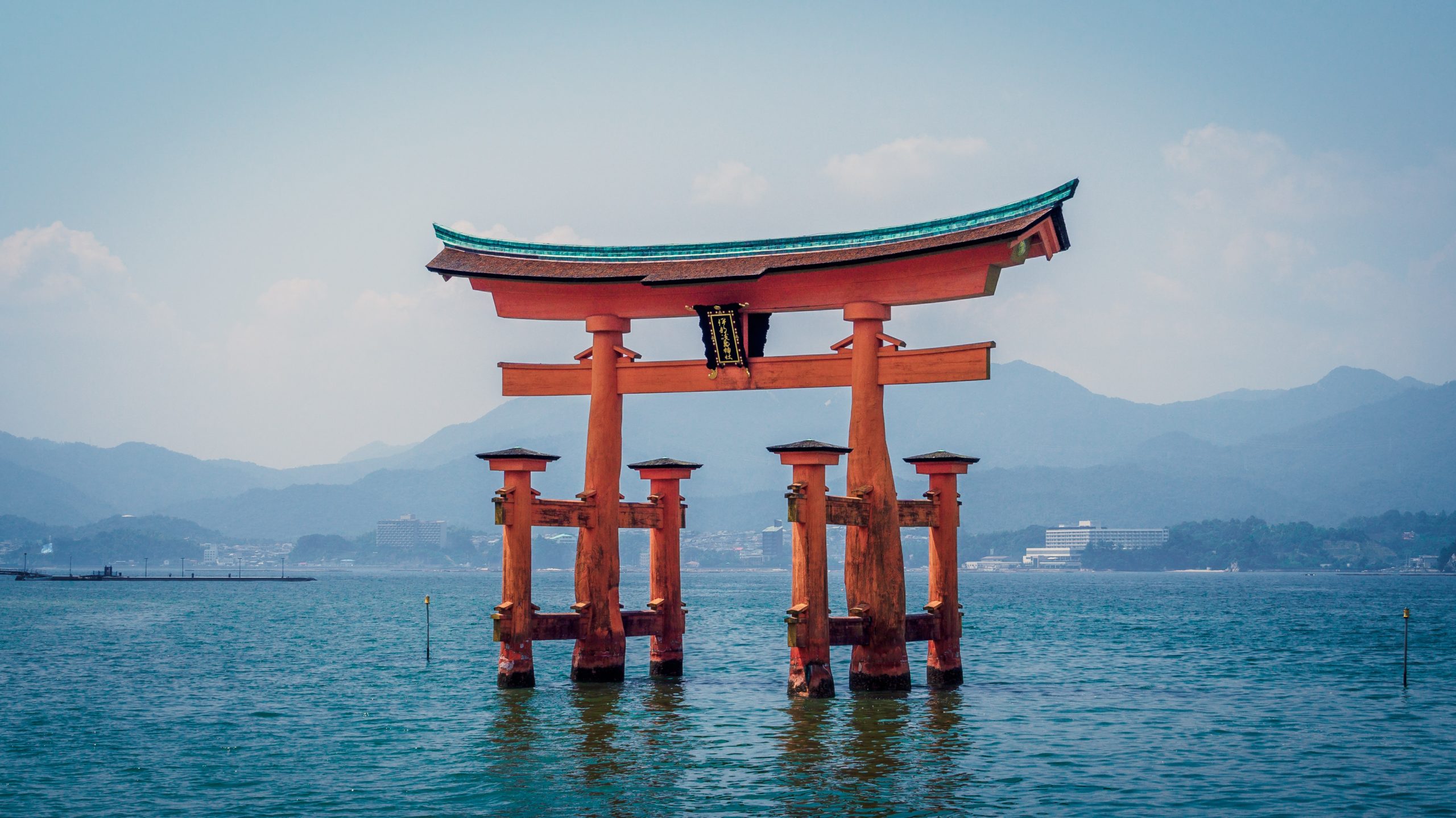Japan’s anglophone media reflects Tokyo’s unwillingness for a constructive dialogue over the resolution of territorial disputes with neighboring countries.
Japan entered the first half of the year 2020 with several challenges on different fronts. The slow recovery after the so-called Lost Decades, the economic stagnation starting in the 1990s after the post-war economic miracle, has been put to halt by the SARS-CoV2 pandemic wave. The following Great Lockdown is the worst worldwide recession since the Great Depression almost 90 years ago. Another consequence of the pandemic is the postponement of the Tokyo Olympic Games by a year. As a result, Japan loses an important tool of soft power for the time being. In the background of these challenges, Japan’s territorial disputes with its neighbors have been playing out. The most pressing of these are disputes with Russia over the South Kuril Islands/Northern Territories (Hoppo Ryodo), with South Korea over Dokdo/Takeshima , and with China and Taiwan over the Senkaku/Diaoyu(tai) Islands.
Ongoing Japanese territorial disputes in 2020
In January, the National Museum of Territory and Sovereignty in Chiyoda, Tokyo opened a permanent exhibition, which follows Japan’s narrative about its territorial disputes. As a consequence, a Japanese diplomatic representative was summoned in Moscow, because Russia considers this step as evidence for Tokyo’s refusal to accept the outcomes of World War II. The dispute over the Kuril Islands/Northern Territories has been the main obstacle to signing a peace treaty between the two countries for over 75 years. The museum displays the Japanese interpretation of territorial disputes not only with Russia, but with all neighboring states, including South Korea, China, and Taiwan.
In February, Japan repeated its claim on Dokdo/Takeshima at the occasion of Takeshima Day, which has been celebrated in Shimane Prefecture since 2006, approved by the Cabinet a few months before the first mandate of the current Prime Minister Shinzo Abe. The islands have been under the jurisdiction of the Republic of Korea since 1965 upon normalization of bilateral relations. Another controversy exists around naming the sea between the Korean peninsula, Russia, and Japan, which is either the East Sea in South Korea or the Sea of Japan in Japan; the latter being the internationally accepted geographical term. Recently, their relations have been burdened over the past months when Japan removed South Korea from its fast-track high-tech component export list, which some interpret as a retaliatory action by Tokyo over Seoul’s ongoing demands for compensation of wartime forced laborers, which Japan considers resolved.
In April, Beijing issued a complaint regarding the collision of a Chinese finishing boat with a Japanese patrol vessel labeled as “warship” in Chinese media and then criticized Japanese finishing activities in the vicinity of the Senkaku/Diaoyu(tai) Islands, small islets under Japan’s jurisdiction, which are claimed by China and Taiwan as well. The conflict continued with protests in Japan against Chinese ships in Japanese territorial waters near the islands. Taiwan plays a rather subdued role in this conflict, despite some incidents in the past.
Beijing acts more proactive, not only in the East China Sea, but also in the South China Sea with disputes over the Spratly and Paracel Islands. This causes again concerns in Japan, illustrated by Foreign Minister Motegi Toshimitsu in a press conference in April. The sea routes passing through the Strait of Malacca across the South China Sea and via the Taiwan Strait connect Japan with the Indian Ocean and constitute a strategic corridor for trade and energy imports from the Middle East to East Asia.
These glimpses into the more recent media coverage of Japan’s territorial disputes introduced the main lines of conflict between the countries. Although Moscow proposed starting joint activities with Tokyo and shelving the jurisdiction dispute over the Kuril Islands in May, solutions for any of the three conflicts are not in sight. Instead, territorial claims are further legitimized, either in museum exhibitions, school books, or newspaper articles.
The power of toponyms
Japan’s mainstream Anglophone media reflects Tokyo’s unwillingness to seek any constructive dialogue on territorial disputes with its neighboring countries. Analyzing 17 years (2002–2018) worth of articles from three different Japanese newspapers, The Asahi Shimbun, The Japan News, and The Japan Times discloses Japan’s obstinate stance on the issues. Concentrating on the labels used for each dispute and comparing their quantities and contextualization in a total of 4,562 articles sheds light on how the disputes are framed.
The overwhelming majority of articles, which covered the disputes, used solely Japanese toponyms. The Kuril Islands are Northern Territories in over 83%, Diaoyu(tai) Islands are Senkaku Islands in over 91% of the cases. Only Dokdo is Takeshima in about 49% of the articles, but both labels together account for another 49%. While these numbers may seem logical for the case of the Senkaku Islands, where Japan holds factual control, the other two cases exemplify the problematic implications of this labeling. Even if the owners of the islets are mentioned, the own claims are always present with the Japanese toponyms. Alternative, more neutral terms, i. e. Pinnacle Islands instead of the Senkaku Islands and Liancourt Rocks instead of Takeshima, have basically no relevance (0.07% and 0.3% respectively), although The Japan Times, with its stronger international audience, uses non-Japanese labels more often than The Asahi Shimbun and The Japan Times.
The contextualization of toponyms
Apart from the sheer quantity, the terms used together with the islands’ names offer more details on how Japanese media portrays the disputes. Based on statistical analysis, we extracted the most significant terms surrounding the labels. The conflict over the Kuril Islands with Russia is portrayed with various non-confrontational elements. Negotiations and joint projects are repeatedly mentioned and exemplify various diplomatic encounters over the years. However, the two biggest islands Kunashir and Iturup are again explicitly referred to by their Japanese toponyms Kunashiri and Etorofu and administratively moved to Japan through calling the Ministry of State for Okinawa and Northern Territories the responsible political institution. Additionally, the ‘return’ of the islands is thematized, implicating that they have been Japanese soil all along.
The dispute with South Korea reflects various political tensions. As already briefly mentioned, the handling of Japan’s imperial past casts a shadow on the relations with its Asian neighbors. The articles link the conflict to Korean protests over Takeshima Day and the portrayal of history in Japanese school books, as well as Japanese protests over the visit of the islets by former President Lee Myung-bak in 2012. While this illustrates some degree of awareness for sensitive issues, the dichotomy between the two positions is strengthened. Again, a Japanese political institution is linked to the islands’ administration, namely the Shimane Prefecture, despite Korean control.
The newspapers’ representation of the last dispute over the Senkaku/Diaoyu(tai) Islands has the most military-themed contextualization. The reports of naval incidents between patrol vessels, fishing boats, etc. add a different perception of the dispute compared to the other two. This time, Japan is portrayed as defensive, as required to protect its territorial integrity. The circumstances of the control over the territory are another important element, where the purchase and nationalization of the isles in 2012 are mentioned, contributing to legitimizing current control. The adversary in this conflict is very clearly identified to be China, whereas Taiwan has limited significance in the articles.
Thus, the analysis of toponyms offers insights into geopolitical imaginations of what is considered to be Japanese as well as the conflicts arising from the disputes. These narratives about territorial claims shape the perception of the general public and international audience alike. The newspapers reflect the Japanese government’s obstinate stance, disseminated by its official channels concerning the territorial disputes with Russia, South Korea, and China. On the other hand, Seoul and Beijing follow similar patterns. Except for Russia, all parties ‘entrench’ themselves instead of pursuing constructive dialogues. Maybe a regional or global crisis like the current pandemic could demonstrate the power of cooperation and lead to open-minded exchanges. It would change a lot in East Asia.
This article is based on a publication in the Asian Geographer.
Cover photo: Personal archive of Lukáš Laš.







